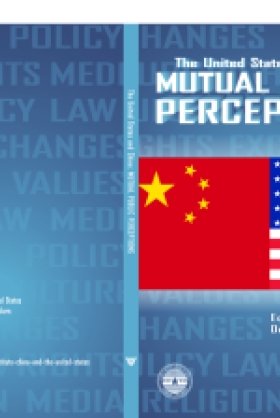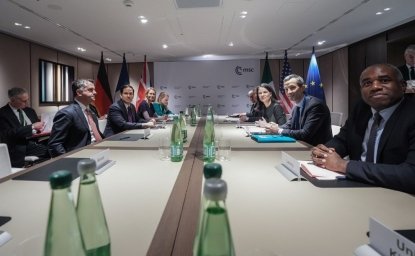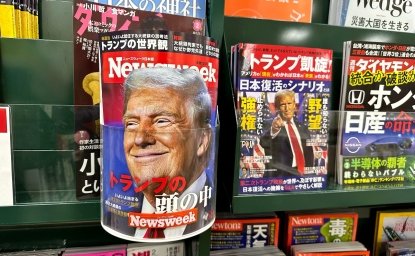The United States and China: Mutual Public Perceptions


Chinese and American images of each other are notoriously volatile. Many factors are at work. Widely different histories, contrasting cultures, dissimilar development experiences, and competing values all complicate the task of forming accurate impressions of the other. In recent times, the legacy of the Korean War and the infrequency of direct contact from 1949 to 1979 played a large role. While channels of communication have multiplied since then, this has not necessarily enhanced the accuracy of mutual impressions.
This volatility matters because mutual perceptions affect the way the two peoples deal with each other both officially and informally. To probe these various images, the channels through which they travel to the other side, and the specific issues which give rise to problematic mutual perceptions, the Kissinger Institute convened seventeen scholars and public figures from China and America in July, 2010. For each channel of communication -- the media, returned scholars and students, popular culture – and for each problematic issue – religion, law, individual vs. group interests – we paired one presenter from each country. The result was an insightful collection of papers that spurred interesting and enlightening discussion. We hope that the reader agrees, and that these offerings will spur other exchanges and clearer, more nuanced images across this wide but still bridgeable national divide.
Author


Kissinger Institute on China and the United States
The Kissinger Institute works to ensure that China policy serves American long-term interests and is founded in understanding of historical and cultural factors in bilateral relations and in accurate assessment of the aspirations of China’s government and people. Read more

Explore More
Browse Insights & Analysis
The Transatlantic Partnership: A Status Report from the Global Europe Program


